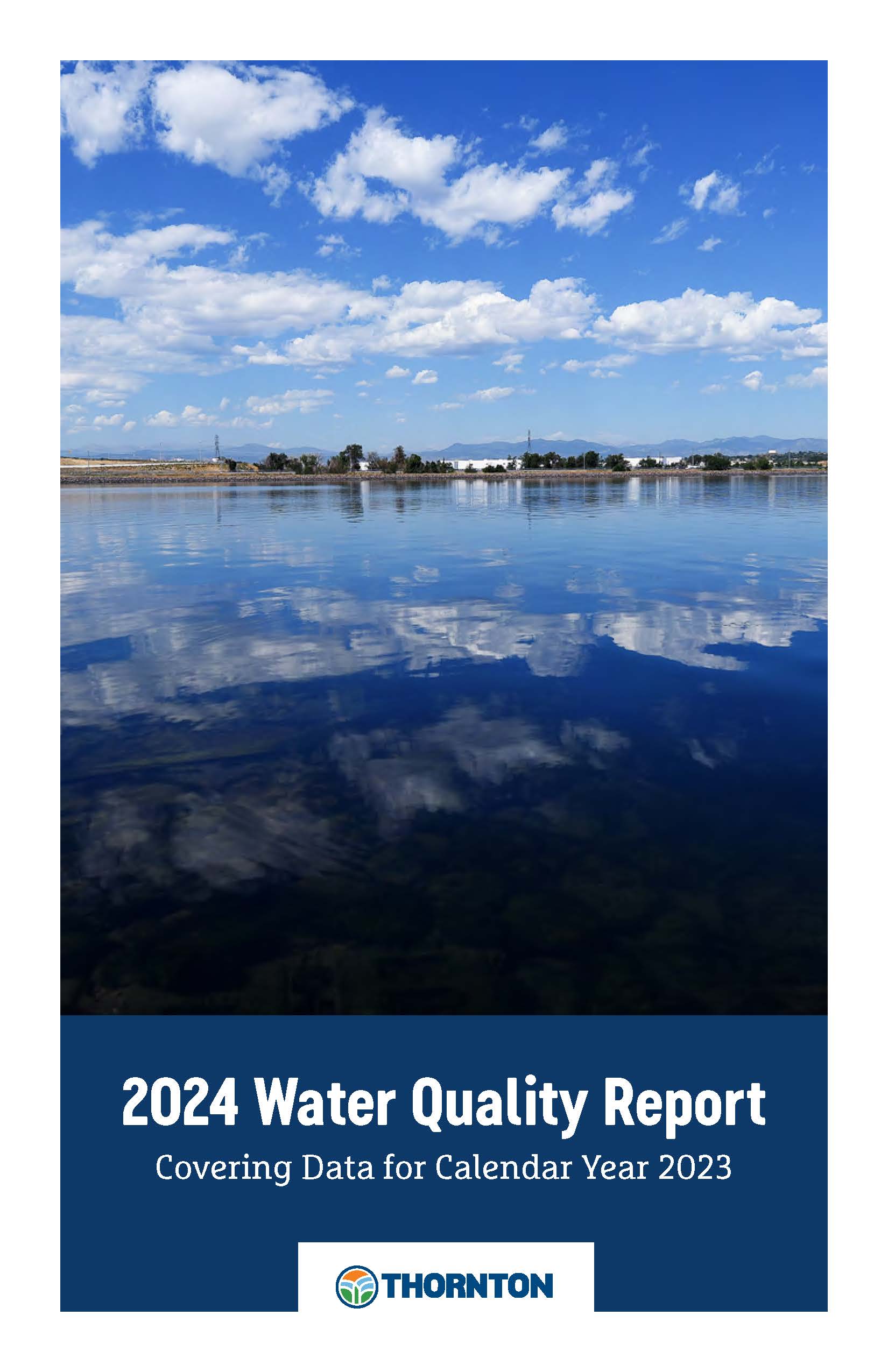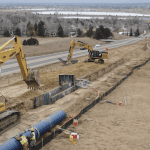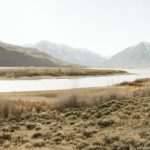New Federal Rules Aim to Reduce Lead Exposure
You may have heard the buzz about lead pipes in the media lately. For the first time in over 30 years, the U.S. Environmental Protection Agency (EPA) is implementing new regulations to reduce lead in drinking water nationwide. This effort will push water utilities to implement new programs and notification processes designed to remove harmful traces of lead from public water sources.
Luckily for Thornton, we are already there! One of the new regulations, the Revised Lead and Copper Rule, requires an inventory of all service lines, or buried water pipes, used by the water utility. We are happy to say that Thornton has found no lead service lines in the city. If a lead service line is ever discovered, Thornton would immediately notify impacted customers.
The regulations also dictate that Thornton must notify the public if the lead in your water exceeds action-level recommendations. Fortunately, elevated lead levels have not been detected in the city. Our most recent lead monitoring results in the 2024 Water Quality Report show samples from faucets inside homes had a lead range from 0-6.3 parts per billion (ppb) – a unit of measure for trace levels of contaminants in water. One ppb is 1 unit in 1 billion units of water. Across all samples taken, 90% were below 1.7 ppb, well below the EPA Action Level of 15 ppb.
Lead Mitigation is a Group Effort
While we are committed to keeping the water that flows to your pipes lead-free, we need your help! You can feel confident that the service lines that extend to your home do not contain lead, but that may not be true of the pipes and fixtures inside your home. Older pipes and fixtures often used lead to join less fusible metals such as copper. Over time, water can corrode these materials, causing lead to leach into your drinking water. This can happen even more easily with hot water. While we cannot replace these fixtures for you, we are taking steps to prevent this type of corrosion in your pipes. Our Water Quality and Treatment team actively adjusts the chemistry of your drinking water to limit the corrosivity and minimize potential lead contamination as your water makes its way through your pipes and out of your faucets.
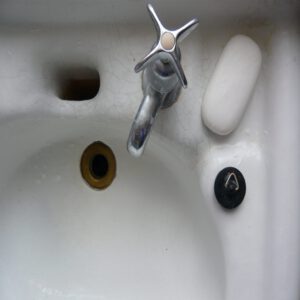
You can help with this effort by avoiding antique or vintage fixtures and updating outdated plumbing. If you are concerned that your pipes or faucets may contain lead, follow the EPA’s Quick Check for Lead process to evaluate potential risks in your home.
If you live in a single-family home built between 1983 and 1987, you may be eligible to have your water tested for lead at no cost. This program is an additional step we take to ensure the safety of your drinking water. It runs once a year and the first 50 residents to participate receive a gift card. If you are interested in participating and need more information, email waterquality@ThorntonCO.gov or call 303-255-7770.
Ongoing Prevention Efforts
While the risks of lead entering your water system through our service lines are low, we will continue to communicate any concerning test results or changes in our lead levels to our customers. Results will be regularly communicated to homeowners participating in our Lead and Copper Monitoring Program. If those results exceed the EPA’s lead action level of 15 ppb, we will work directly with the homeowner to identify the cause and mitigate their risk of exposure.
Additionally, we are conducting lead monitoring at all schools and childcare facilities in the city to reduce risks for our youngest and most vulnerable residents. Communications will be sent to managers of these facilities to set up times for sampling this fall.
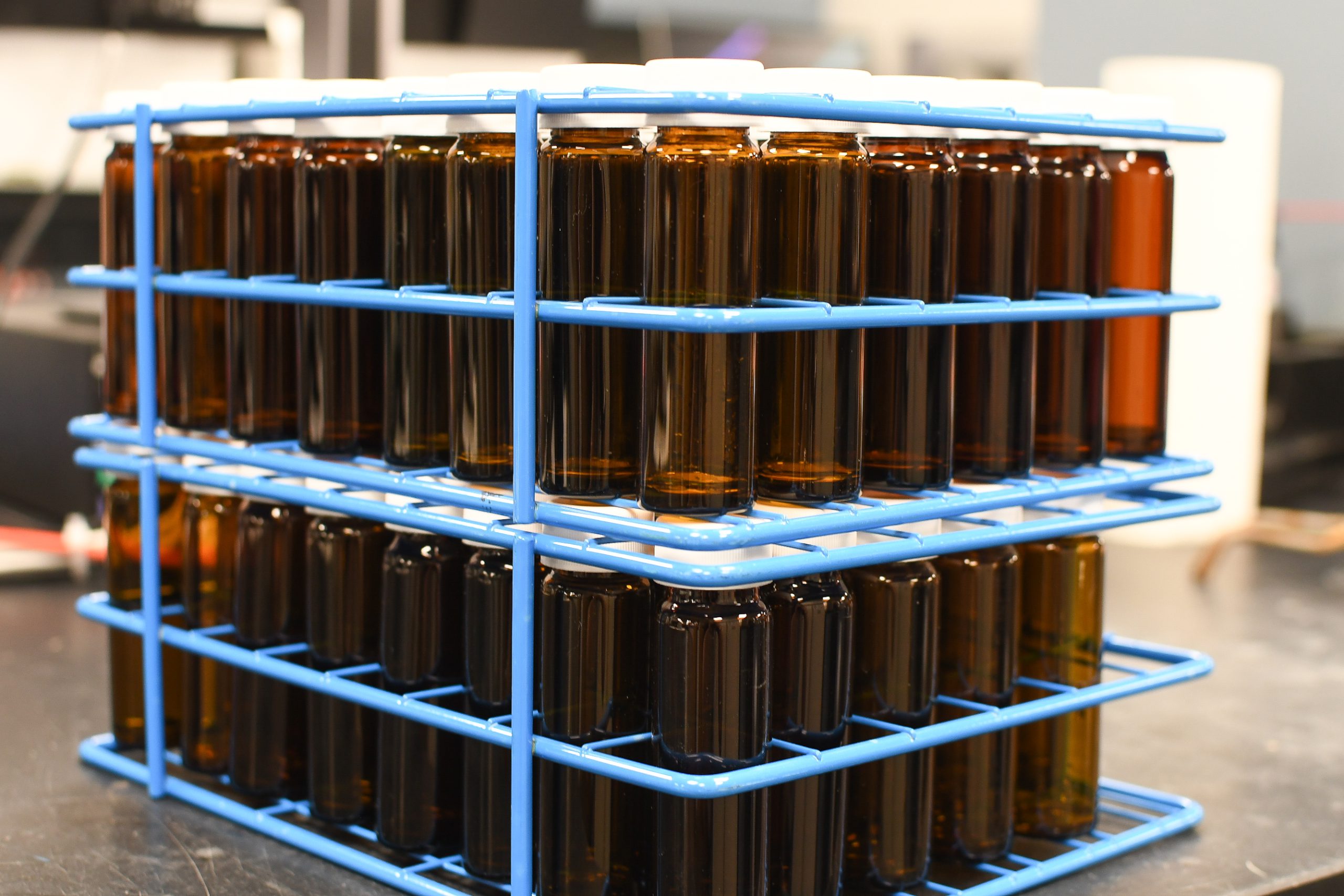
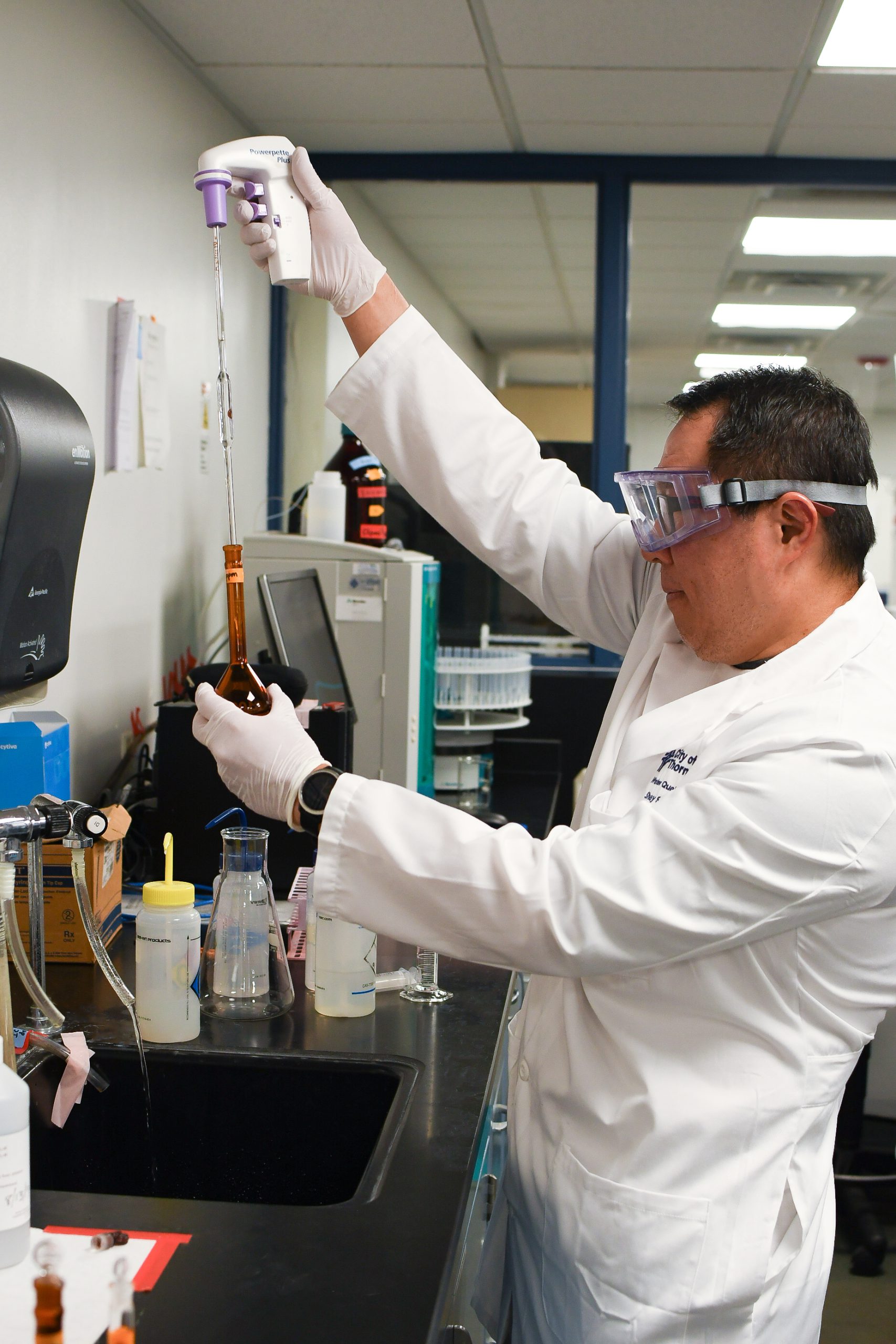
Have any additional questions about lead or water quality? Drop us a line! For additional resources, visit the City of Thornton Water Quality webpage.


